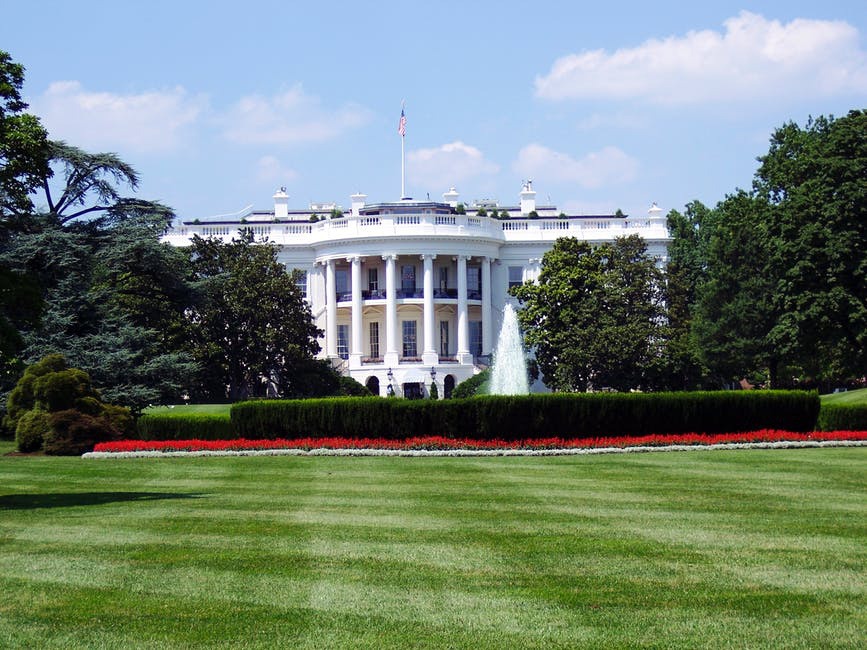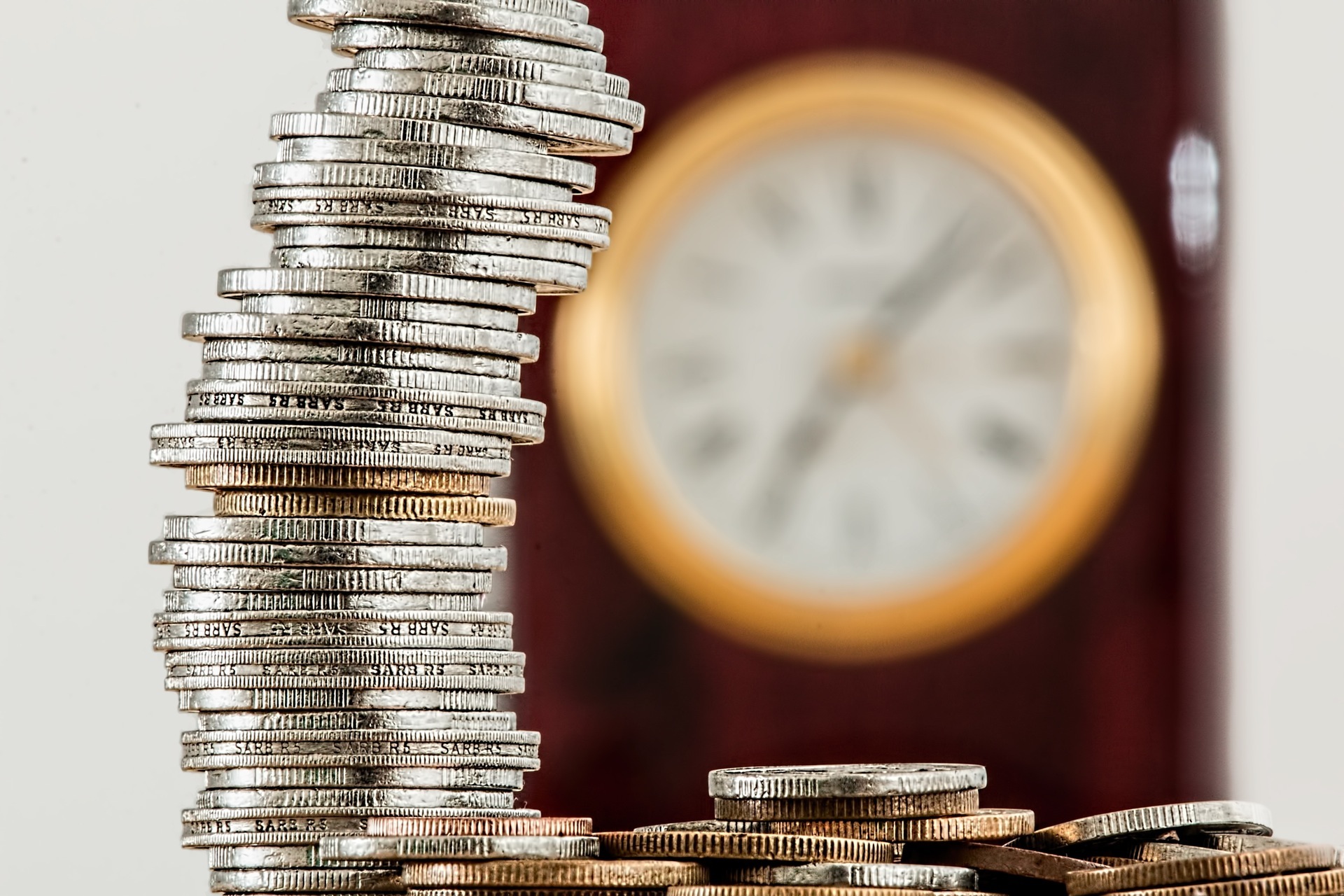
The Federal Reserve sets the guardrails for the federal funds rate, and through that helps control the money supply for the nation.
"Federal Reserve Building in Washington D.C. - Illustration" by DonkeyHotey is licensed under CC BY 2.0

The Federal Reserve sets the guardrails for the federal funds rate, and through that helps control the money supply for the nation.
"Federal Reserve Building in Washington D.C. - Illustration" by DonkeyHotey is licensed under CC BY 2.0

Pexels

Feb 28 | 2017

Interest rates have been low for almost a decade to increase spending post-Great Recession. That’s changing and sooner than later. The Federal Reserve plans on raising interest rates three times in 2017, with the first rate hike tentatively scheduled for March. Officials plan on meeting March 14-15 to set rate changes. The probability of the